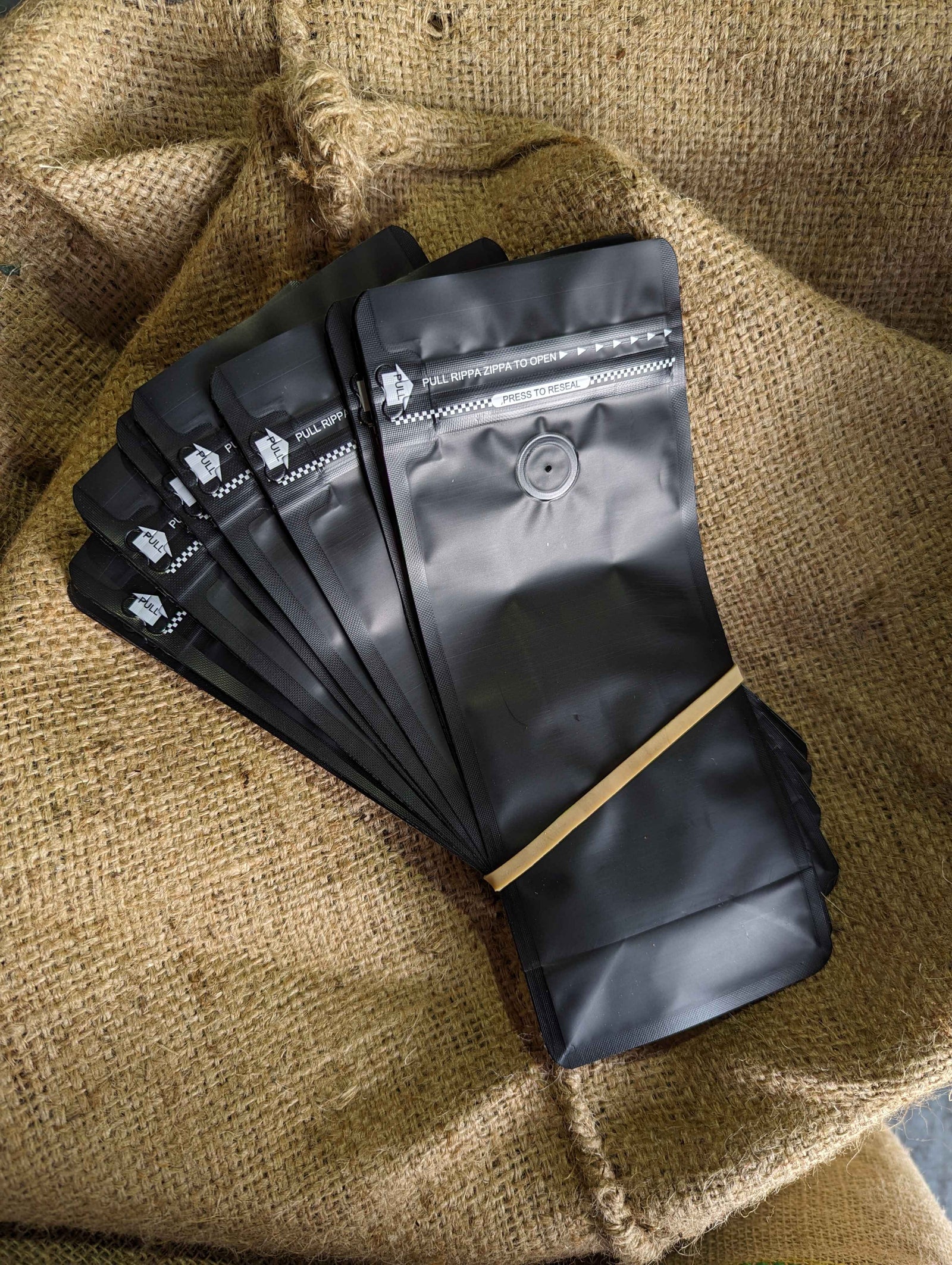Coffee Profile
Classic SWP Decaf Blend – 70% Arabica (Brazil/Honduras) | 30% Robusta (Vietnam) | Swiss Water Processed
No Caffeine, No Compromise
Decaf coffee has come a long way—and this blend proves it. Our Classic SWP Decaf Blend combines the rich body of Vietnamese Robusta with the smooth sweetness of Brazilian and Honduran Arabica, offering depth, structure, and complexity without the caffeine.
This is your go-to decaf for any time of day: bold enough to cut through milk, smooth enough for black coffee drinkers, and nuanced enough to satisfy specialty fans. All this, without compromising on flavour, aroma, or origin character.
The Swiss Water Process™: Decaf, Redefined
Decaffeinated coffee was first developed in 1903, but traditional solvent-based methods often removed more than just caffeine—they stripped away essential oils and compounds that make coffee taste like, well, coffee.
The Swiss Water Process™ (SWP) changes the game. Originally discovered in Switzerland in the 1930s and now perfected in British Columbia, Canada, SWP is a chemical-free decaffeination method that removes 99.9% of caffeine while preserving a bean’s origin character and flavour integrity.
Using only pure water, time, temperature, and Green Coffee Extract (GCE), caffeine is gently extracted from green beans over an 8–10 hour period. The process avoids disrupting the balance of sugars, acids, and aromatic compounds, so what you get is true-to-origin flavour—just without the buzz.
Origins & Blend Breakdown
Brazil – Mechanical harvesting has become increasingly selective, giving rise to cleaner, more consistent specialty-grade cups. Expect notes of chocolate, toasted nuts, and mellow sweetness.
Honduras – Soaring altitudes, rich volcanic soils, and a new generation of quality-focused producers have turned Honduras into one of the most exciting coffee origins in Central America.
Vietnam – The backbone of this blend, Vietnamese Robusta brings structure, crema, and depth. With yields among the highest in the world, and growing attention to post-harvest quality, this Robusta contributes earthy, nutty notes and peanut butter richness to the blend.

 Matte Black Coffee Bag Bundle - With Valve & Rippa Zippa
Matte Black Coffee Bag Bundle - With Valve & Rippa Zippa Matte Black Coffee Bag Bundle - With Valve
Matte Black Coffee Bag Bundle - With Valve






